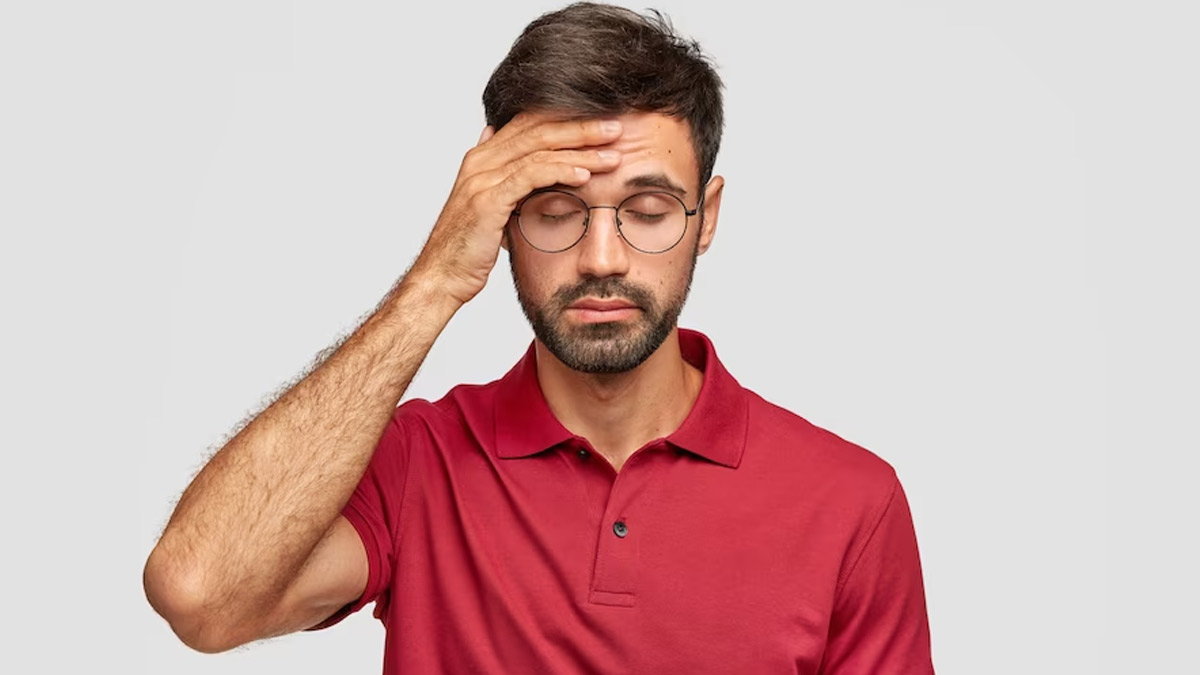
Have you ever felt dizzy or faint right after sitting or standing up from a lying position? Ever lost your balance due to sudden movements? This can be due to a condition called postural hypotension, also called orthostatic hypotension, which refers to a form of low blood pressure. In most cases, the condition does not cause any harm, but in the event of severity, immediate steps should be taken. We spoke to two leading experts to understand why it occurs and ways to prevent it.
Table of Content:-
Understanding Postural Hypotension And Why It Occurs

Dr Divya Marina Fernandes, Consultant-Heart Failure Specialist & Interventional Cardiologist, Aster RV Hospital, Bengaluru, says, “Postural hypotension is low blood pressure which occurs during change in postures such as standing/sitting from lying down position. It can be debilitating as it can lead to sudden falls and harm to the patient.”
“Medical definition is when the systolic blood pressure falls by at least 20 mmHg or diastolic pressure falls by 10 mmHg within 3 minutes of standing erect,” he notes, adding, “It can be due to various causes such as dehydration, autonomic dysfunction in poorly controlled diabetes or Parkinsonism, adrenal insufficiency, tablets such as diuretics which removes fluid from the body, blood pressure medications, cardiac ailments like heart attacks and narrowing of heart valves.”
Also Read: Side Effects Of Eating Too Much Fibre: Know The Recommended Intake
Apart from that, Dr Vikrant Khese, Consultant cardiologist, Apollo Clinic, Kharadi, Pune, shares that spending extended periods in a lying or sitting position can also lead to reduced muscle tone in blood vessels, making it harder to maintain blood pressure upon standing.
According to a study published in the Journal of the American College of Cardiology, the prevalence of orthostatic hypotension is age dependent, ranging from 5% in patients below 50 years of age to 30% in those greater than 70 years of age.
"It [orthostatic hypotension] may complicate treatment of hypertension, heart failure, and coronary heart disease; cause disabling symptoms, faints, and traumatic injuries; and substantially reduce quality of life," the study adds.
Symptoms Of Low Blood Pressure

Common symptoms of low blood pressure include:
- Dizziness or lightheadedness, especially when standing up quickly
- Fainting or near-fainting
- Blurred vision
- Nausea
- Fatigue or weakness
- Cold, clammy skin
- Rapid or shallow breathing
- Confusion or difficulty concentrating
- Pale skin
- Rapid, weak pulse
What To Do
If you experience symptoms of low blood pressure or postural hypotension in particular, Dr Khese recommends:
- Sitting of lying down
- Maintaining hydration
- Elevating feet
- Reviewing medications
- Eating a balanced diet
- Consulting a doctor
Also Read: High Blood Pressure Can Increase Your Risk Of Heart Attack: Best Ways To Bring It Down
How To Prevent

To prevent an instance of postural hypotension, Dr Fernandes warns against dehydration and recommends keeping adequately hydrated and nourished, not getting up suddenly from a lying down position. “Always turn to one side and count till 10, then sit up and count another 10 until you feel okay and then hold the bed or chair railing and stand,” she says, adding, “If you have to stand for a long time, move your legs often. Inform people around you if you have any symptoms so that you avoid fall and injury. Lastly, if symptoms still persist despite the above, there are a few medications like midodrine and fludrocortisone which can help.”
Bottomline
If you or someone else experiences severe symptoms or faints, seek medical attention immediately. It's essential to determine the underlying cause of low blood pressure and receive appropriate treatment.
Read Next
Headphones Or Earphones: What’s Good For Your Ears? Expert Explains Their Impact On Hearing
How we keep this article up to date:
We work with experts and keep a close eye on the latest in health and wellness. Whenever there is a new research or helpful information, we update our articles with accurate and useful advice.
Current Version